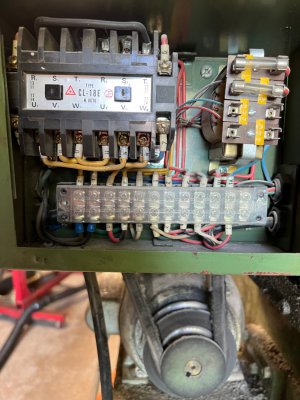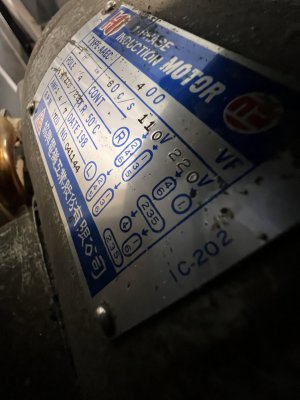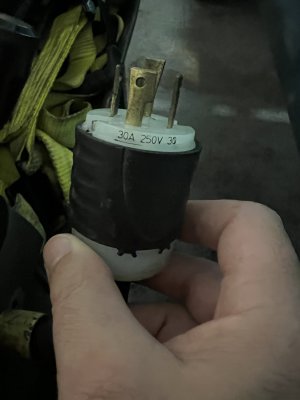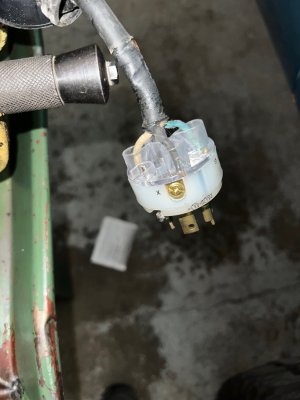I've just purchased an ENCO 92030 from an auction and I'm completely confused as how to wire this thing. As I was leaving the place of business that I picked up the lathe at, one of the employees that used the lathe warned me it was wired for 3 phase. Looking at the plug it appears he was right, but I'm not sure. Is this thing really 3 phase? If it is 3 phase how do I

 wire this thing for 110v or 220v, do I need to only change the wiring in the motor or do I need to change something in the electrical panel also?
wire this thing for 110v or 220v, do I need to only change the wiring in the motor or do I need to change something in the electrical panel also?


 wire this thing for 110v or 220v, do I need to only change the wiring in the motor or do I need to change something in the electrical panel also?
wire this thing for 110v or 220v, do I need to only change the wiring in the motor or do I need to change something in the electrical panel also?

